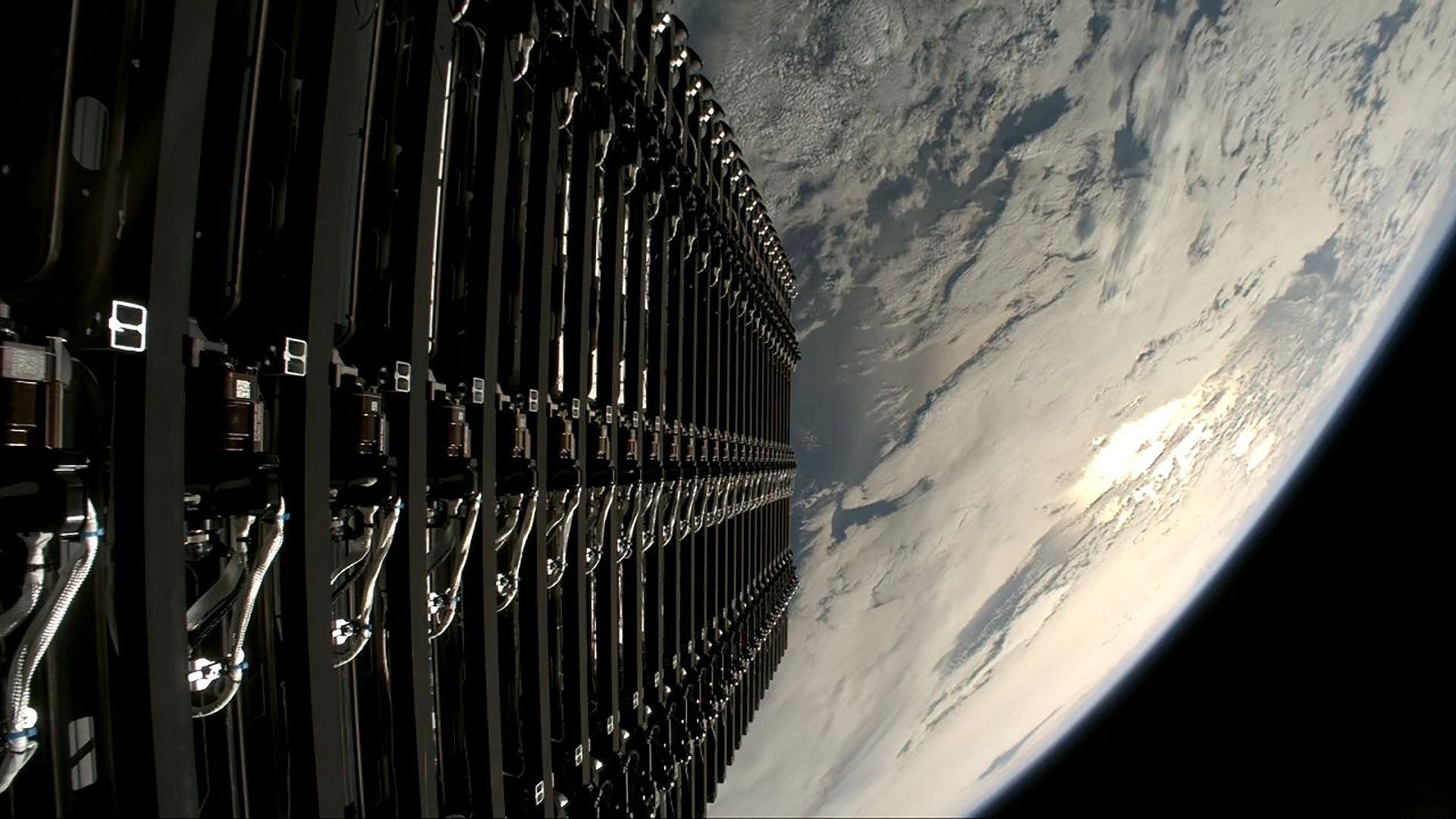Bright Galaxies with Black Hole Hearts Caught Bending Light Into Cosmic Lens

The intense gravity from extra-bright galaxies with huge black holes at their cores is bending light to create cosmic magnifying glasses, astronomers say.
Using the Hubble Space Telescope, researchers identified the signatures of this curved and twisted light around three galaxies known as quasars, which shine brightly with light emitted from mass falling into their central black holes.
The discoveries are some of the first examples of quasars causing an effect called gravitational lensing, in which light is warped by the gravity of very massive objects. This effect, predicted by Einstein's general theory of relativity, can magnify the light of distant galaxies that would otherwise be too faint to see.
Quasars are dominated by supermassive black holes in their centers that contain the mass of millions of suns. As matter falls into these black holes, it releases powerful radiation that we can see from across the universe, often outshining the rest of the quasar galaxy. [Video: Quasar Details Seen With Gravitational Lenses]
In the past, the light of distant quasars was detected after it was gravitationally lensed by passing near a massive object in the foreground. But only once before have researchers identified a quasar actually causing the lensing of another object in the background.
"This paper shows three more, and with better data," researcher George Djorgovski of Caltech told SPACE.com in an email. "As far as I know, there are no other known cases of quasar host galaxies lensing background galaxies."
Djorgovski and his colleagues, led by Frederic Courbin of Ecole Polytechnique Federale de Lausanne in Switzerland, compiled a catalogue of 23,000 quasars observed by the Sloan Digital Sky Survey, which takes measurements called spectra that spread the light of astronomical objects into its constituent wavelengths.
Breaking space news, the latest updates on rocket launches, skywatching events and more!
The researchers then narrowed down their list to select quasars with spectra that also indicated another galaxy lay in the background at the same position. The astronomers then took follow-up observations of these targets with the Keck telescope on Mauna Kea in Hawaii, and Hubble, to confirm which ones were actually causing gravitational lensing.
They ended up with three cases, which they report in a paper published recently in the journal Astronomy and Astrophysics. There are also more candidates that the scientists hope to confirm with future observations.
"Quasars are fairly rare, and lenses are very rare, so you're dealing with two fairly rare populations," said another team member, Daniel Stern of NASA's Jet Propulsion Laboratory in Pasadena, Calif.
The discoveries could help scientists understand more about the relationship between the mass galaxies, and the mass of the central black holes inside them. While astronomers have been able to measure these figures for some nearby galaxies, it's much harder to do for distant galaxies seen when the universe was young.
"Gravitational lensing is great way to measure the mass of the lensing galaxy," Stern told SPACE.com. "Those Hubble images get you really accurate masses. It lets us probe that black hole-galaxy relation out to earlier in the universe."
You can follow SPACE.com assistant managing editor Clara Moskowitz on Twitter @ClaraMoskowitz. Follow SPACE.com for the latest in space science and exploration news on Twitter @Spacedotcom and on Facebook.

Clara Moskowitz is a science and space writer who joined the Space.com team in 2008 and served as Assistant Managing Editor from 2011 to 2013. Clara has a bachelor's degree in astronomy and physics from Wesleyan University, and a graduate certificate in science writing from the University of California, Santa Cruz. She covers everything from astronomy to human spaceflight and once aced a NASTAR suborbital spaceflight training program for space missions. Clara is currently Associate Editor of Scientific American. To see her latest project is, follow Clara on Twitter.
